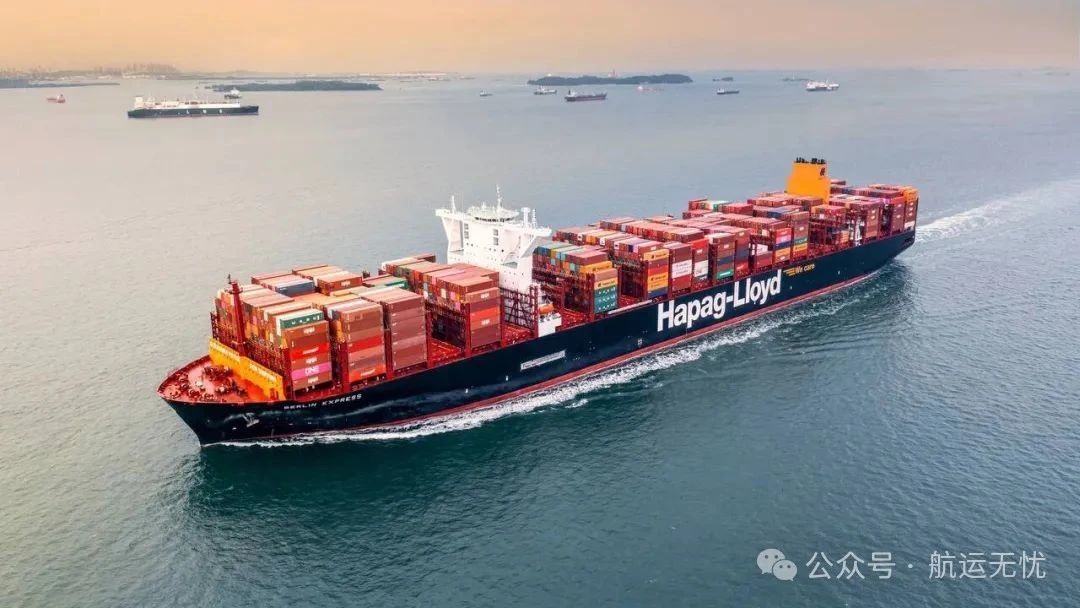Freight rates fell four in a row! The whole line of decline, the United States and West continue to fall sharply! Shipping companies plan to raise freight rates after mid-August
Aug 05,2024
At present, the global shipping market is undergoing a series of significant changes, mainly reflected in the fluctuation of freight rates, excess capacity and the adjustment of market competition pattern.
The continued decline in the latest Shanghai Export Container Freight Index (SCFI) has become the focus of market attention. SCFI data released on August 2 showed that the index fell 115.2 points to 3332.67 points, a weekly decline of 3.34 per cent, and has fallen for four consecutive weeks. The US-West decline remained at 6 per cent for the third week in a row, while the Mediterranean, US-East and European routes widened to 5.18 per cent, 2.21 per cent and 1.68 per cent, respectively.
In the past month, SCFI has fallen more than 400 points, or 10.74 per cent. The industry bluntly, the speed and magnitude of the decline in freight rates, reflecting the intensity of competition in the shipping market. However, with the current alliance shipping company in the east-west route market share is large, and the customer grasp is high, the current freight rate decline, the shipping company is still very profitable.

Specifically, the U. S.-West route has become the focus of competition among many shipping companies due to its high ship turnover and the need for detours. Not only did alliance shipping companies continue to invest in new capacity through overtime ships or new routes, but non-alliance shipping companies also joined the war in succession, resulting in fierce competition in freight rates. Some non-alliance shipping companies even lowered the freight rates to the level of 4 characters per large box (40-foot cabinet), forcing shipping companies to prevent cargo loss and fine-tuning, further reducing profit margins.
At the same time, the European and Mediterranean lines were not immune to the wave of falling freight rates. Alliance shipping companies have also increased capacity investment in the form of overtime ships or new routes, while non-alliance shipping companies have continued to enter the Mediterranean line, adding to the downward pressure on freight rates. Since August, companies such as Mediterranean Shipping have put overtime ships or new routes into the US-East Line, and the impact on freight rates will soon emerge.
Another major challenge for the maritime industry is the potential for excess capacity in the second half of the year. According to Alphaliner statistics, global capacity has reached a record high, reaching 30,385,045TEU. Despite the loosening of freight rates, shipping companies still maintain a considerable level of profitability compared to the sharp rise in the previous period.
Current Market Freight
On July 25, Drewry, a British maritime consultancy, pointed out that freight rates in the container shipping market had peaked. The market responded quickly. At noon on August 1, a large freight forwarding company said that the latest freight rate for the US-West route was reduced by US $200 per large box (40-foot cabinet), while that for the US-East route was reduced by US $300. However, in the evening, the shipping company was informed that the price reduction would be adjusted to $500 per large box.
Behind this adjustment is a fierce game of market forces. According to the analysis of freight forwarding companies, since July, non-alliance container shipping companies have returned to the US-West market and launched very competitive freight rates, as low as US $4800 per large container, which is more than US $1400 lower than the freight rates of members of the shipping alliance. Although the freight rate of alliance ships was originally planned to be fine-tuned to only 200 to 300 US dollars, under the influence of market pressure and the low price strategy of non alliance shipping companies, the price reduction had to be increased in order to cope with market changes.
In addition, the market has also appeared in the distribution of the phenomenon, that is, freight forwarding companies through a specific ratio to provide lower freight rates. Specifically, for every five large boxes, one is charged at a long contract price of US $3500 (including peak season surcharge), and the remaining four are charged at a spot price of US $6200. On average, the cost price per large box is US $5660. On this basis, the freight forwarding company will charge US $200-300.
In the US-East route, the original freight rate was relatively strong, but in the middle of this month, a super-large container shipping company sent an overtime ship to enter the market at a low price of US $7500 per large box, directly impacting the in stock freight rate of US $9700. Affected by this, the latest freight rate of the US-East route has dropped to US $9200 on August 1, and the future trend remains to be seen. As of August 1, the latest freight rate on the US-West route remained between US $5700 and US $6000, while the US-East route dropped from US $9700 to US $9200, while the freight rate on the European route was relatively stable, remaining at about US $8600. Level.
It is worth noting that in addition to the continuous growth of capacity, the reason for the decline in freight rates is also related to the improvement of congestion at major international hub ports. The Deluri report pointed out that most container terminals in Asia are no longer congested, and only Los Angeles and Long Beach in the United States have congestion problems, while major ports in northern Europe still face challenges.
After the middle of August, the shipping company raised the freight rate?!
Some people in the industry pointed out that the freight rate in the container shipping market may continue to decline next week, while the main reason for the relatively stable prices of the US-East and European routes is the delay of ship shift caused by poor weather in the Cape of Good Hope. At the same time, due to the expected increase in orders during the festival season, shipping companies are expected to consider raising freight rates after mid-August.
The reasons for the current decline in freight rates are mainly attributed to three points: first, after the previous 13 consecutive weeks of sharp increases in freight rates, the market needs to be revised back to cope with changes in demand; Second, small shipping companies on the US-West route have seized market share through low-price strategies. Third, demand in Asia failed to rise significantly in July, partly due to the early effect caused by concentrated customer shipments in June, which led to a continuous decline in freight rates.
However, well-known people in the logistics industry said that market demand is expected to pick up in August, and the receiving prices from the Far East to Europe and the East of the United States are better than in stock prices, indicating that the market supply and demand relationship is still tight. Recently, it has been observed that the export volume continues to increase. Many shipping companies plan to add GRI (Comprehensive Rate Increase Surcharge) and peak season surcharge in August, with an increase of US $1000 to US $2000 per FEU(40-foot container). The continued increase in these additional costs is further evidence of the imbalance between supply and demand in the market.
The shipping industry generally believes that the current global container transportation has entered the traditional peak season, but the market is still facing the problem of lack of containers and ships. As can be seen from the small correction in freight rates on US-East and European routes, the contradiction between supply and demand still exists. The Far East to the United States and the West route due to high freight rates, attracting near-ocean line operators to invest in small boats to participate in the competition, only to further exacerbate the downward trend of the United States and West route freight rates. At present, the global shipping market is in a process of dynamic adjustment, freight rate fluctuations, excess capacity and changes in the competitive landscape are constantly shaping the future direction of the market.
August 2 SCFI Freight Index:
- Far East to Europe freight rate was $4907, down $84, or 1.68 percent;
- The freight rate from the Far East to the Mediterranean was US $4997/TEU, down US $273 or 5.18 per cent from the previous week;
- The freight rate from the Far East to the United States and the West was 6245 US dollars/FEU, down 418 US dollars or 6.27 per cent from the previous week;
- The freight rate from the Far East to the United States East was 9346 US dollars/FEU, down 211 US dollars or 2.21 per cent from the previous week;
- Persian Gulf routes cost $2217 per container, down $2 a week, down 0.1 percent;
- The freight rate for the South American route (Santos) was 7867 US dollars per box, down 72 US dollars per week, down 0.9 per cent.
Previous Page:

Make global trade unimpeded
Contact Phone


Contact Us
Copyright ©Guangzhou Hongdex International Logistics Co.,Ltd
Hotline: 020-84608598
Whatsapp: 18027165010
QQ:2853396538
Email: 2853396545@qq.com
We will provide you with timely feedback











